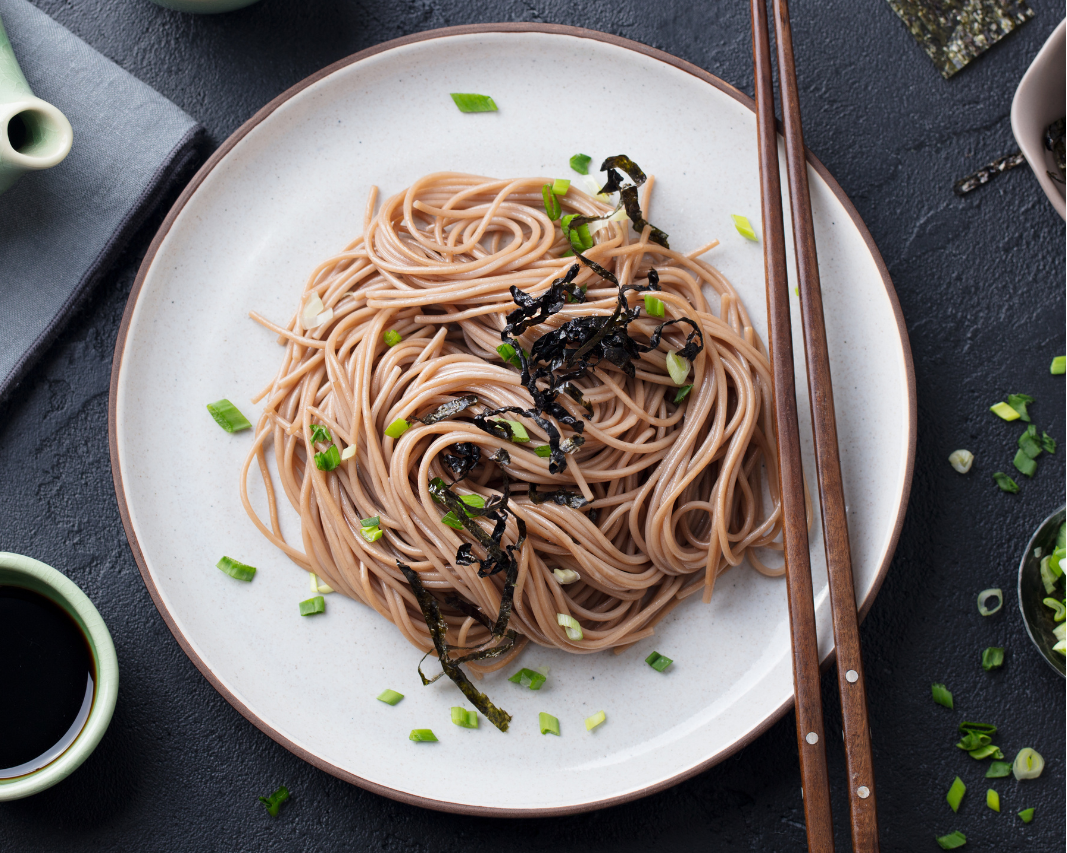A new flavor frontier
Picture this: silky pasta slicked with miso butter. Tuna sashimi draped over a blistered, wood-fired crust. Sea urchin folded delicately into creamy risotto. Around the globe, a bold culinary movement is redefining tradition—one that blends the elegance of Japanese cuisine with the soul of Italian cooking. From Tokyo to London to Canberra, chefs are reinventing classics with a bold, modern fusion of precision and passion. This goes beyond fusion for novelty’s sake—it represents a refined, thoughtful evolution of two of the world’s most beloved food cultures.
Tokyo: where itameshi was born
It all began in Tokyo. In the 1980s, Japanese travelers returned from Europe inspired by Italy’s culinary romance. Local chefs took those influences home and began layering them with Japanese ingredients, such as mentaiko (spicy cod roe), shiso, and kombu. This resulted in a distinct new style of cooking that came to be known as Itameshi—a portmanteau of “Italy” and meshi, the Japanese word for food.
By the 1990s, the availability of imported ingredients led many chefs to pursue strict authenticity. Still, the spirit of Itameshi—creative, collaborative, and rooted in respect—remained. Today, Tokyo gives home to more than 1,500 Italian restaurants, many of which continue this tradition of cultural interplay.
At Alter Ego, delicate tagliatelle pairs with skewers of balsamic-glazed duck. Gucci Osteria reimagines freshwater sweetfish with a fennel and lardo sauce. At Peace, kombu pasta with raw sardines and shiso blossoms reflects a careful balance of flavor and form. Tokyo’s pizza scene embraces the same fusion mindset. At Pizza Marumo, prosciutto and sashimi come together on pillowy, handmade dough. Ciel Pizza sprinkles baby sardines and sansho pepper over crisp, Neapolitan-style crusts. At the Michelin-starred Pizza Bar on 38th, paper-thin Wagyu tops Roman-style pies.

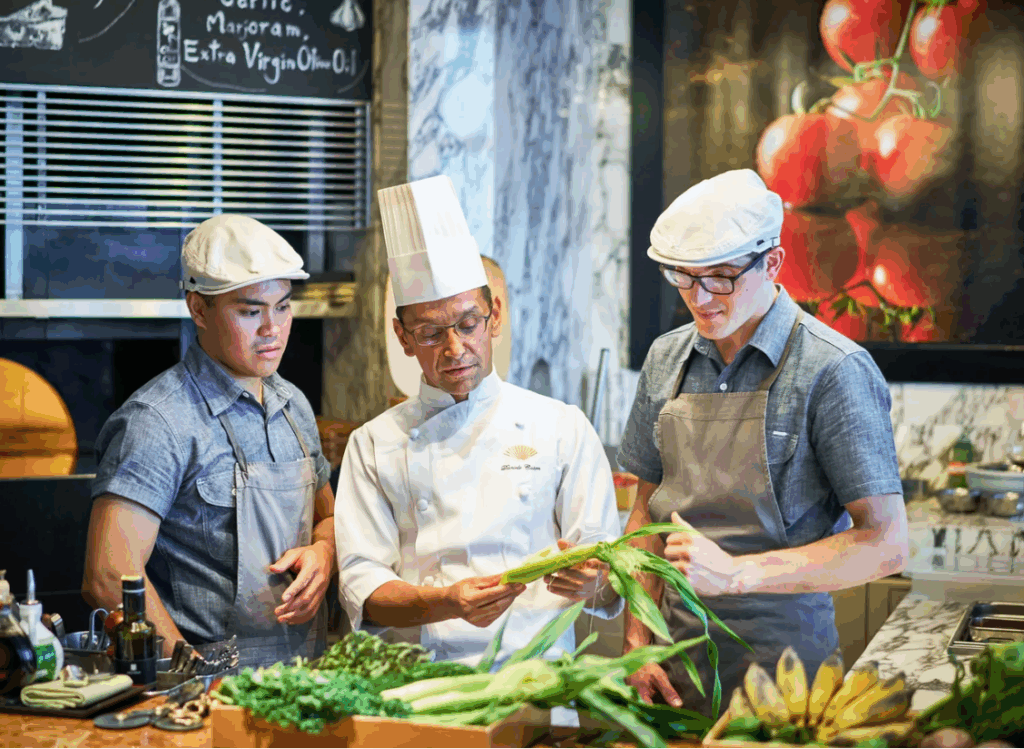
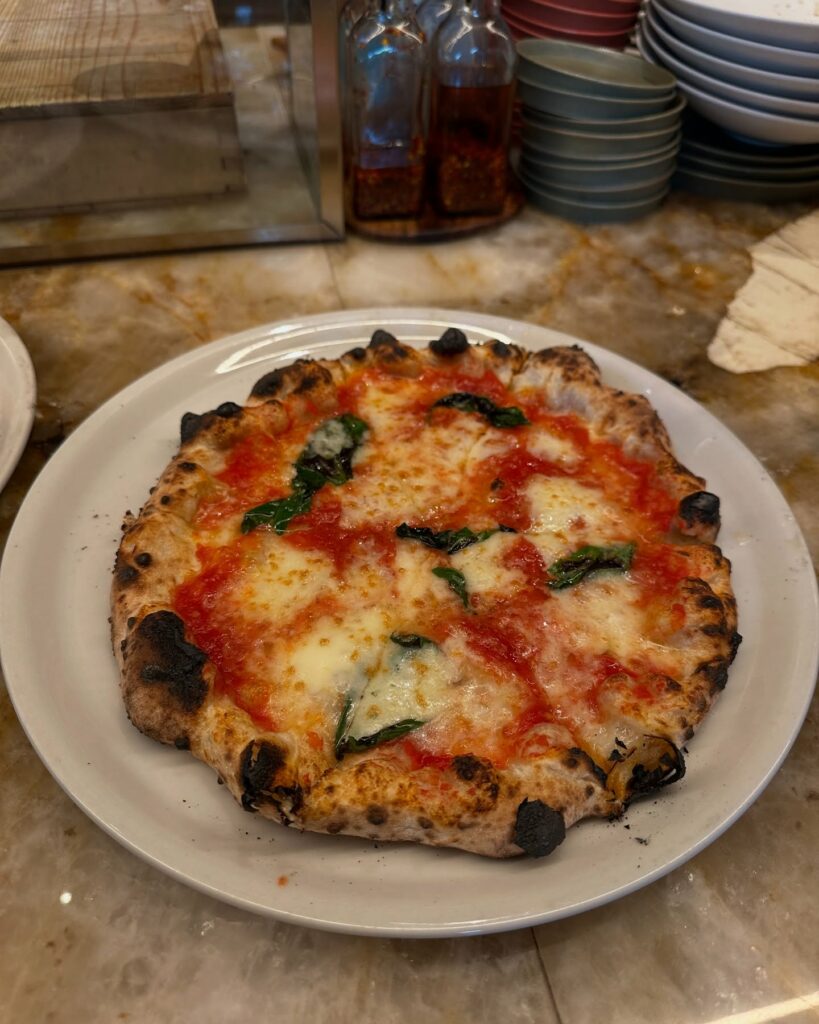
Fusion without borders
Tokyo may have sparked the flame, and now it’s burning bright around the world. In London, restaurants like Itaku bring the trend westward. Chef Ivan Simeoli serves truffle carbonara alongside sashimi—Italian indulgence refined with a touch of Japanese minimalism. At Rocket in Bishopsgate, miso-glazed salmon teams up with Italian flatbreads for a lighter, health-forward take.
Across Europe, the trend continues to evolve. In Venice, Osteria Giorgione da Masa combines Japanese techniques with Venetian ingredients for a menu that feels both ancient and avant-garde. On Lake Como, L˜ARIA at the Mandarin Oriental serves an elegant Japanese-Italian fusion tasting experience in a serene lakeside setting. In Zurich, the pop-up CUCINA ITAMESHI channels the heart of Italy and the discipline of Japan into seasonal, story-driven dishes.
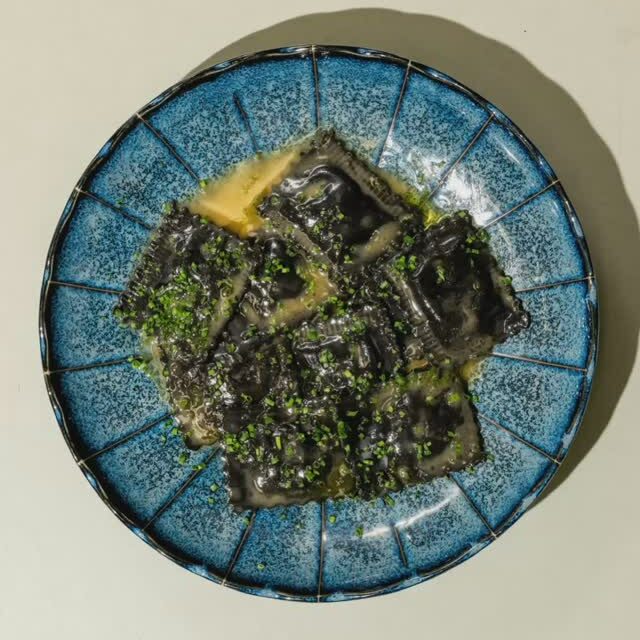
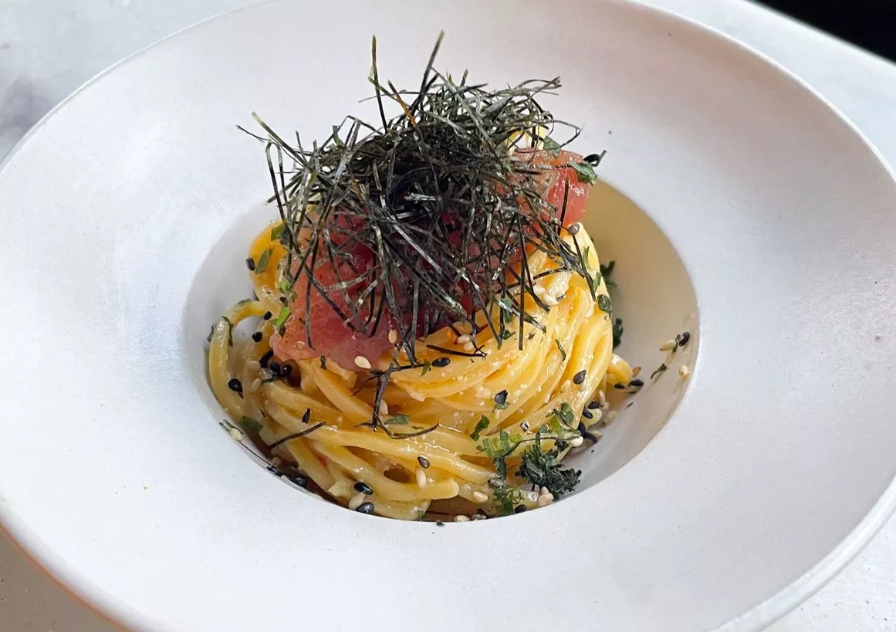
From restaurant to retail: fusion in the freezer aisle
This cross-cultural innovation has long left the space of fine dining. It’s now showing up in home kitchens too—frozen, packaged, and ready to heat. Japanese brand Amici is leading the charge in Southeast Asia, blending Italian tradition with Japanese flavors in the freezer aisle. Think: pizza dough made with Japanese rice flour, pasta sauces laced with shoyu, miso, matcha, or adzuki. The result? Meals that deliver restaurant-level innovation with everyday convenience.
The brand’s latest creations include fried pizzas seasoned with wasabi and soy marinades. They also offer reinterpretations of classics like lasagna and penne alla vodka, each tailored to regional tastes without losing their Italian essence. It’s an innovative, sophisticated twist on ready-made dining.
Why it works
At first glance, Japanese and Italian cuisines might seem worlds apart. Look closer, and shared values emerge: respect for ingredients, precision, and pure flavor. Together, they form the perfect team—to elevate. The passion of Italy meets the precision of Japan, resulting in something entirely new yet warmly familiar.
You think of a fleeting trend? Just the other way round. Japanese-Italian fusion celebrates curiosity, craftsmanship, and connection. And whether served on fine china or eaten straight from a pizza box, it’s changing the way the world thinks about food, one delicious bite at a time.

